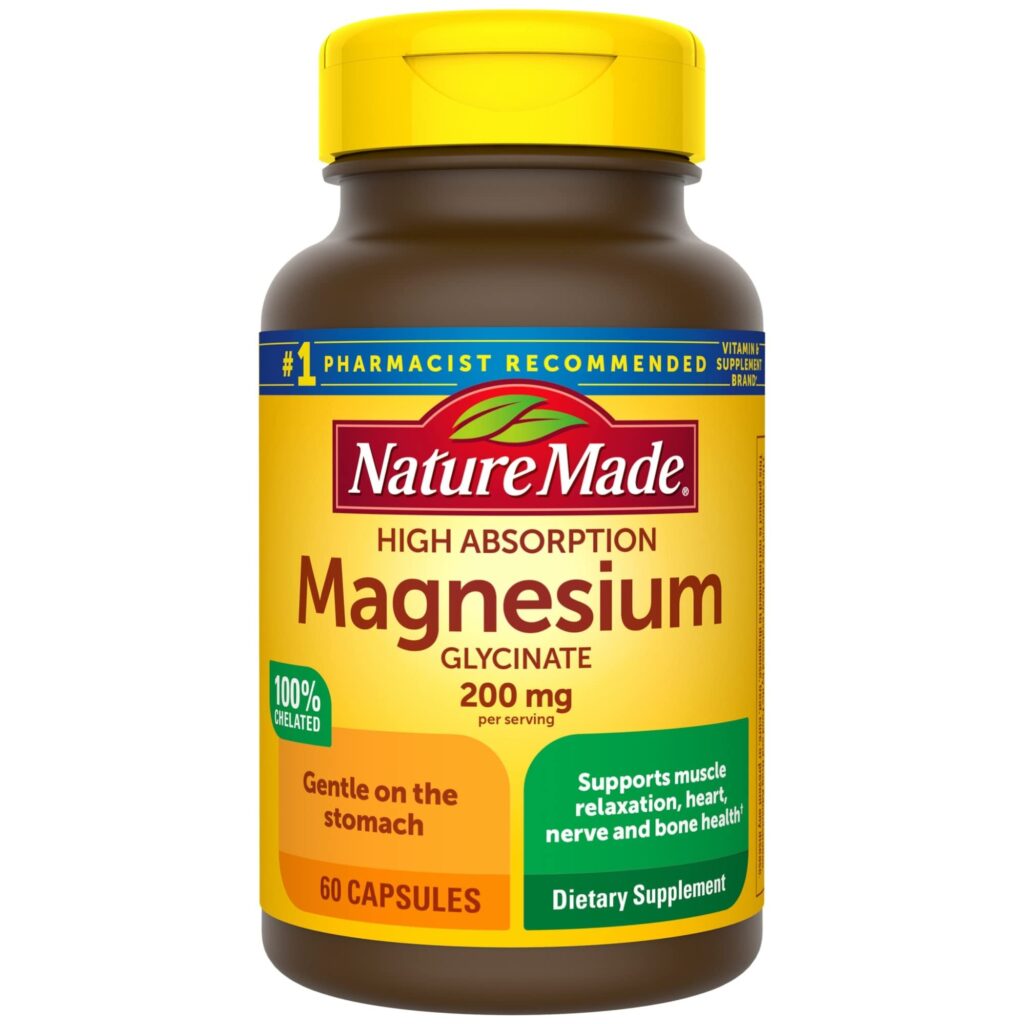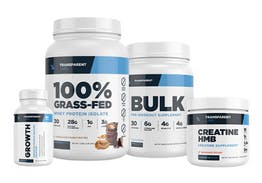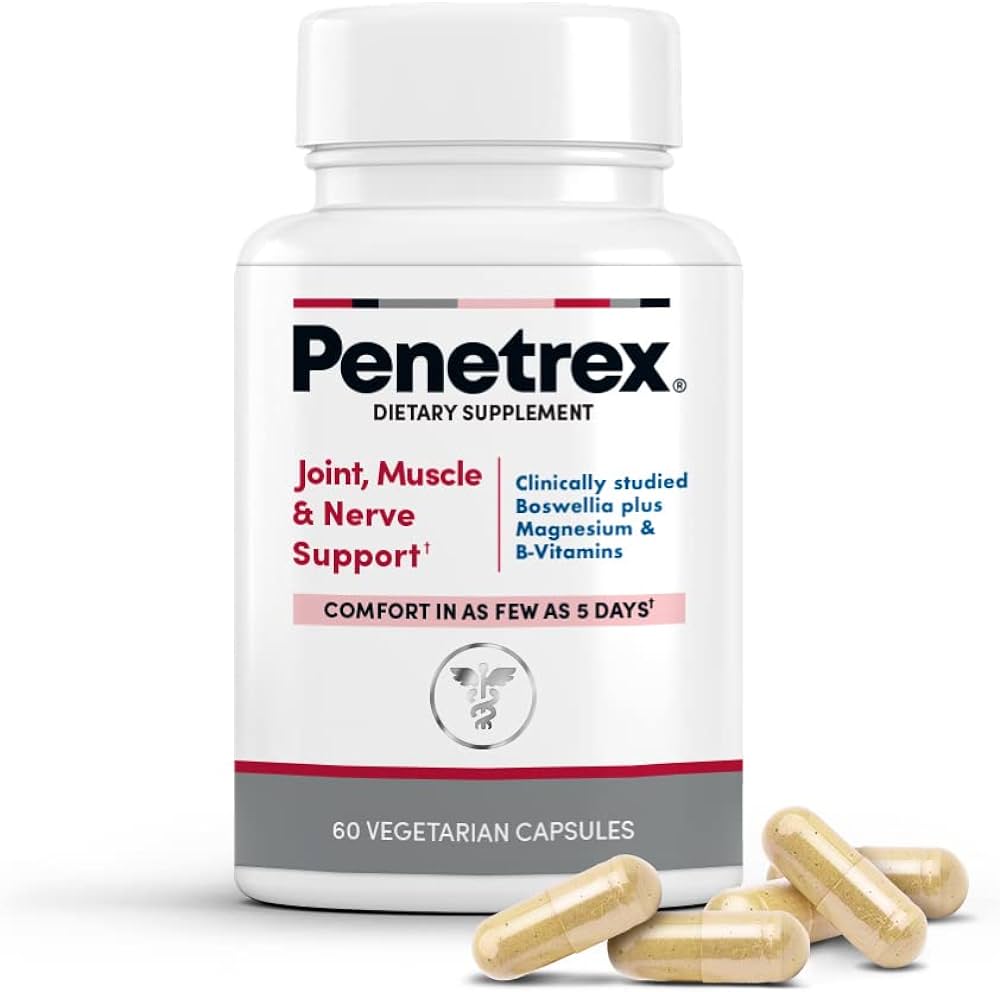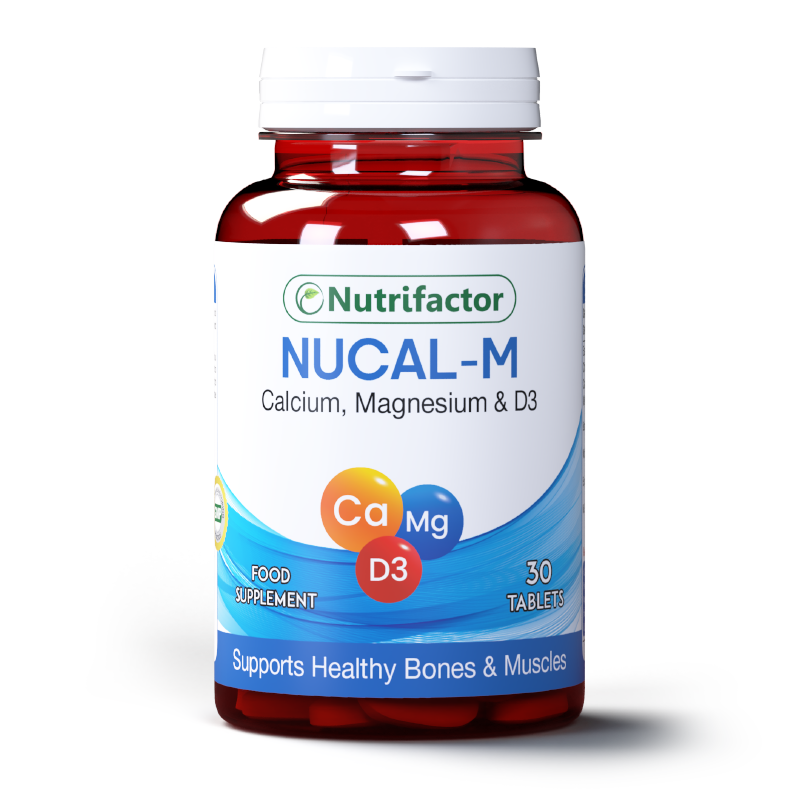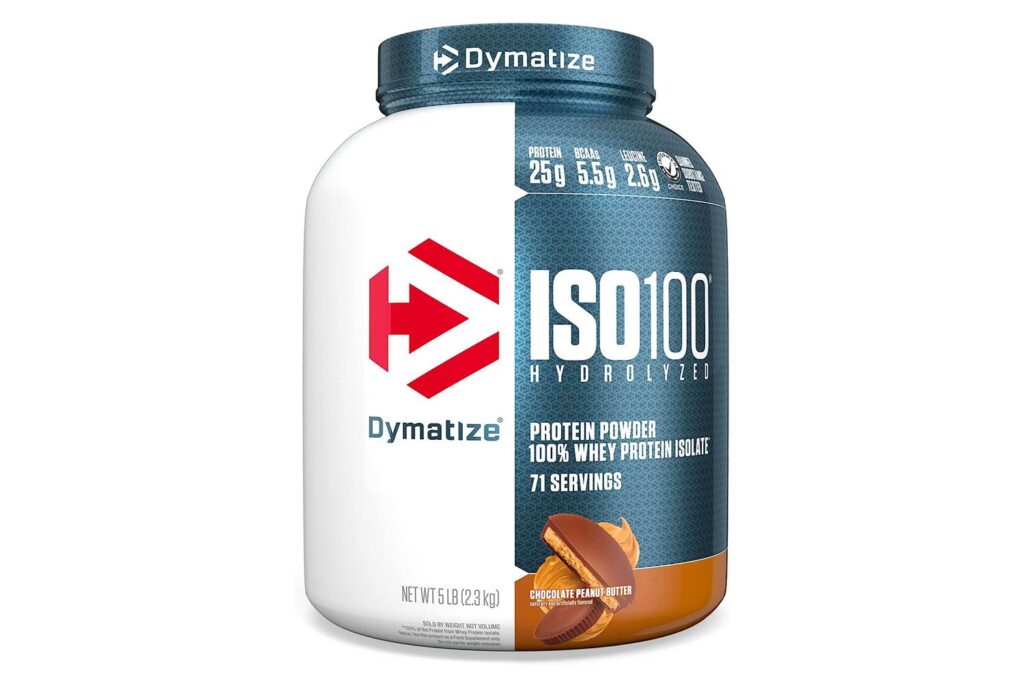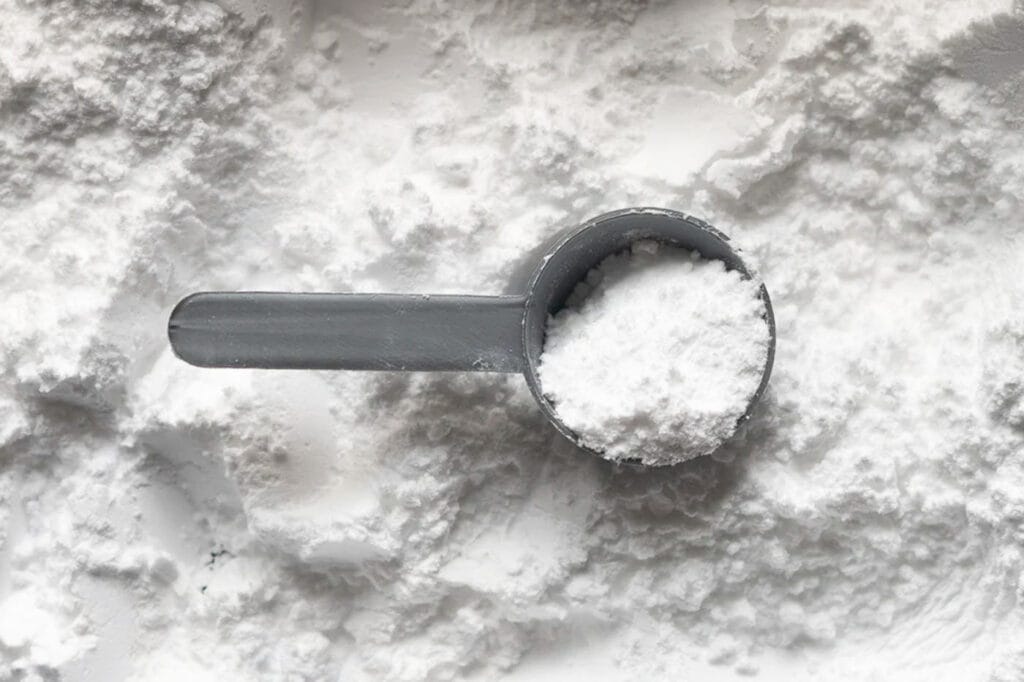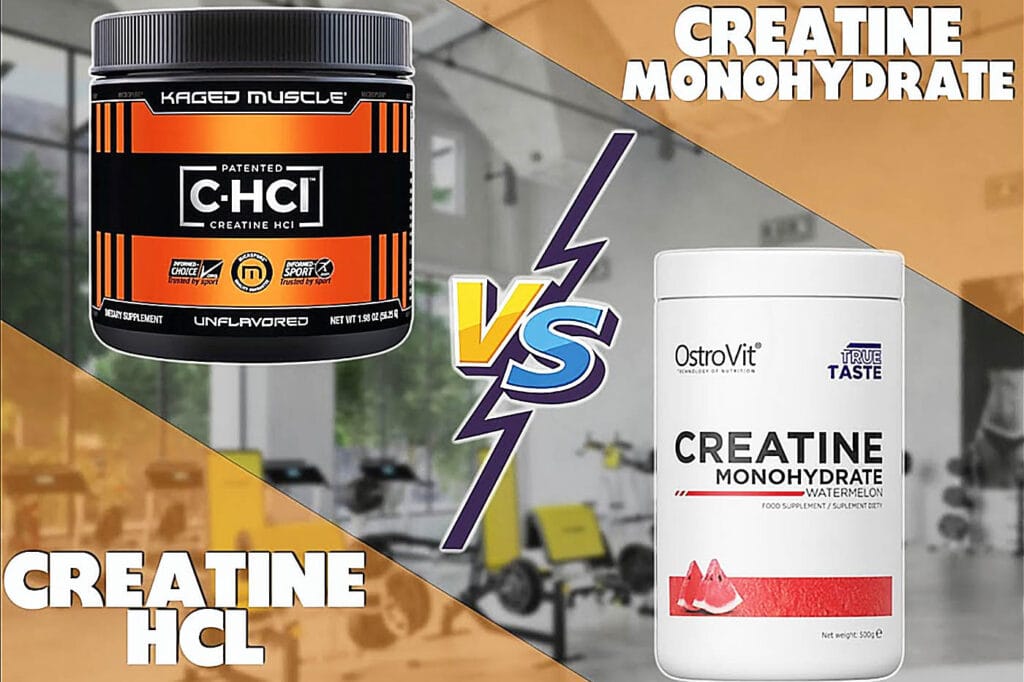The best way to use Creatine Monohydrate is in a loading phase followed by a maintenance phase. Begin with 20 grams per day for 5-7 days, then maintain with 3-5 grams daily.
Creatine Monohydrate stands as one of the most researched and effective supplements for enhancing athletic performance, promoting muscle growth, and improving strength. To capitalize on its benefits, athletes and fitness enthusiasts aim to optimize its uptake and storage in muscles.
This strategy not only supports workouts by increasing energy production but also aids in post-exercise recovery. Integrating Creatine Monohydrate into your fitness regime can be a game-changer, especially when synchronized with proper nutrition and hydration. It’s essential to consume it with a carbohydrate-rich meal or drink to improve its absorption, thanks to the insulin spike that drives more creatine into muscle cells. Consistency is key for long-term gains, and thus adopting this supplement into your daily routine can yield tangible results in performance and muscle development.

Credit: builtwithscience.com
Exploring Creatine Monohydrate
Creatine Monohydrate is a well-known supplement. Many athletes and gym enthusiasts use it. It helps with strength and muscle growth. Your body naturally makes this substance. But adding extra can boost your performance.
Its popularity stems from its effectiveness. In fitness, people seek results. Creatine delivers them. It is backed by science and real-world use. Both beginners and pro athletes see its benefits.
Science Behind Creatine Monohydrate
Creatine monohydrate is a popular supplement among athletes. It is known for its ability to help muscles produce energy during heavy lifting or high-intensity exercise. Taking creatine monohydrate can lead to increased muscle mass, strength, and exercise performance.
The substance boosts the production of a compound called ATP. ATP is like a power source for your muscles during workouts. More ATP means your muscles can work harder and recover faster between sets. The result? You get stronger and perform better.
- Improves workout intensity by allowing for more reps and sets.
- Enhances recovery so you can train more often.
- Increases lean body mass when paired with resistance exercise.
Optimal Dosage And Timing
The recommended daily intake of creatine monohydrate is 5 grams. This quantity supports muscle energy during high-intensity workouts. Users can split this dosage into smaller servings throughout the day. Taking creatine consistently aids in maintaining muscle saturation.
Choosing the right time for creatine intake can maximize its benefits. Research suggests taking it close to workout times is most effective. Pre-workout use may boost performance. Post-workout support recovery. Timing should align with personal routine for the best results.

Credit: www.muscleandfitness.com
Loading Phase Vs. Maintenance Phase
The loading phase means taking more creatine for a few days. Most people take 20 grams per day, split into four servings. This boosts creatine levels in muscles faster. Kids should understand it like a rocket getting a big push at the start.
After the push, muscles have lots of creatine. Now, you need less to keep the level steady. This is the maintenance phase. Taking 3 to 5 grams daily is plenty. Think of it as keeping the rocket flying smoothly in space.
Remember these tips during the switch:
- Do keep drinking plenty of water; creatine pulls water into your muscles.
- Don’t jump back to loading phase; it’s not needed after the first time.
- Do stay consistent with the smaller dose to keep muscles happy.
- Don’t worry about exact timing; focus on daily intake instead.
Creatine With Other Supplements
Taking creatine with protein and carbs can enhance muscle gains. Protein helps muscles grow. Carbs increase energy during workouts. Combine them for best results.
Avoid mixing creatine with unnecessary supplements. Caffeine may lessen creatine effects. Read labels and choose supplements that help, not hurt your progress.
Hydration And Creatine Intake
Staying hydrated is key when using creatine monohydrate. Your body needs water to work well. Water intake helps creatine do its job in your muscles. Some people think creatine makes you dehydrated. But, this is not true.
Researchers have found that creatine does not cause dehydration. In fact, creatine can sometimes even help with hydration. By drawing water into your muscles, it can help them stay hydrated. So, remember to drink plenty of water each day. This is very important for your health!
| Myth | Truth |
|---|---|
| Creatine causes dehydration. | Creatine does not lead to dehydration. |
| You need less water when taking creatine. | You should drink more water with creatine. |
Dietary Considerations For Maximum Gains
To optimize creatine monohydrate’s benefits, eat the right foods. Combine creatine with carbohydrates to boost its absorption. A meal with simple sugars, such as fruit juice or a banana, can help. This approach increases insulin. Insulin can move creatine into your muscles.
Meals high in protein also aid creatine uptake. Think about adding chicken, fish, or beef to your diet. These pairings can lead to better results from creatine. You should drink plenty of water. Creatine pulls water into your muscles. You do not want to get dehydrated.
| Food Type | Examples | Benefit |
|---|---|---|
| Carbohydrates | Fruit juice, Banana | Spikes insulin, enhances absorption |
| Protein | Chicken, Fish and Beef | Supports muscle synthesis |
| Water | N/A | Prevents dehydration |
Long-term Use And Safety
Creatine monohydrate has been popular among athletes for decades. Studies suggest that long-term use is generally safe for healthy individuals. Researchers have examined creatine’s effects over several years. No serious side effects have been directly linked to the supplement’s prolonged use.
Experts in sports nutrition and medical fields agree on creatine’s safety profile. Most health authorities consider daily supplementation of creatine safe. It supports muscle growth and enhances exercise performance. Always follow recommended doses. Consistency and proper hydration are key to maximizing benefits and minimizing risks.
Regular health check-ups can ensure safety during long-term creatine use. If you are unsure about creatine use, seek advice from a healthcare professional. They can provide personalized recommendations.
Workout Types That Benefit Most From Creatine
Creatine Monohydrate significantly boosts High-Intensity Training. Athletes doing short, intense workouts gain the most. Sprints and weightlifting are perfect examples. These workouts need quick energy, which creatine provides. The energy helps muscles work harder and recover faster. Think of creatine as a power-up for your cells.
Endurance sports and creatine may not match well. Long runs or swims use different energy systems. Most studies show little to no gain for endurance athletes. Yet, some endurance athletes might see slight improvements. This mostly happens in short bursts within a long activity.
Measuring The Impact Of Creatine Use
To gauge creatine monohydrate’s effectiveness, consistent performance tracking is crucial. Engage in regular strength assessments, like bench presses or squats. Record your results in a logbook or app. This keeps tabs on how much and how fast your strength grows.
Use standardized tests for accuracy. Compare gains against your baseline stats. Noticeable improvements often spur motivation. The data guides any required tweaks in your creatine intake or workout routine. Remember, gradual progress is key to long-term success.
| Exercise | Baseline Strength | Current Strength | Improvement |
|---|---|---|---|
| Bench Press | 200 lbs | 220 lbs | 10% |
| Squat | 250 lbs | 300 lbs | 20% |
Review your log monthly. Are your numbers going up? This shows the impact of creatine monohydrate on your routine. Lastly, celebrate both small and big wins to stay driven.
Common Misconceptions Debunked
Many people believe that creatinine monohydrate is not safe. This is not true. The truth is, with proper use, it is very safe and effective. Some think it causes kidney damage or cramping, but science does not support these claims for healthy individuals.
Another myth is that creatine needs to be loaded or cycled. In reality, you can take it consistently without cycling. Some say creatine is a quick fix for muscles. Yet, it works best when paired with regular exercise. Remember, quality and timing are important for optimal benefits.
Advanced Tips For Veteran Users
Veteran users of creatine monohydrate often seek ways to optimize their routine. Adjusting intake based on activity level can lead to better results. For example, intensify your dose on workout days. This ensures muscles have the maximum creatine levels needed for performance.
Exploring the newest science reveals intriguing findings. Experts suggest timing your creatine consumption close to exercise sessions to enhance its benefits. Taking it with a meal rich in carbs and protein may improve uptake. Such strategic timing aids in efficient energy use during workouts.
Frequently Asked Questions About The Best Way To Use Creatine Monohydrate
What Is The Most Effective Way To Take Creatine?
The most effective way to take creatine involves a loading phase of 20 grams per day, split into 4 servings, for 5-7 days, followed by a maintenance dose of 3-5 grams daily. Ensure adequate hydration and consider timing your intake with a carbohydrate-rich meal to enhance uptake.
How Do I Get The Best Results From Creatine Monohydrate?
For optimal creatine monohydrate results, take 3-5 grams daily with water or juice. Combine with high-intensity training and ensure proper hydration. Consistent intake, even on rest days, maximizes muscle saturation and performance benefits.
When Should I Take Creatine Monohydrate For Best Results?
Take creatine monohydrate either 30 minutes before your workout for improved performance or immediately after for muscle recovery. Consistency is key, so choose a time that fits your daily routine.
How Do You Use Creatine Monohydrate?
Start with a small, 3-5 gram daily dose of creatine monohydrate. Mix it with water or juice, and consume it post-workout on training days. On rest days, take it with a meal to maintain levels. Stay hydrated, as creatine can increase water retention in muscles.
Conclusion
To harness creatine monohydrate’s full potential, consistency and timing are key. Combine it with a proper diet and exercise for optimal results. Start your journey towards enhanced performance and muscle growth today. Remember, individual experiences may vary, so tailoring your approach may be necessary.
Embrace the power of creatine and unlock your body’s true capabilities.


